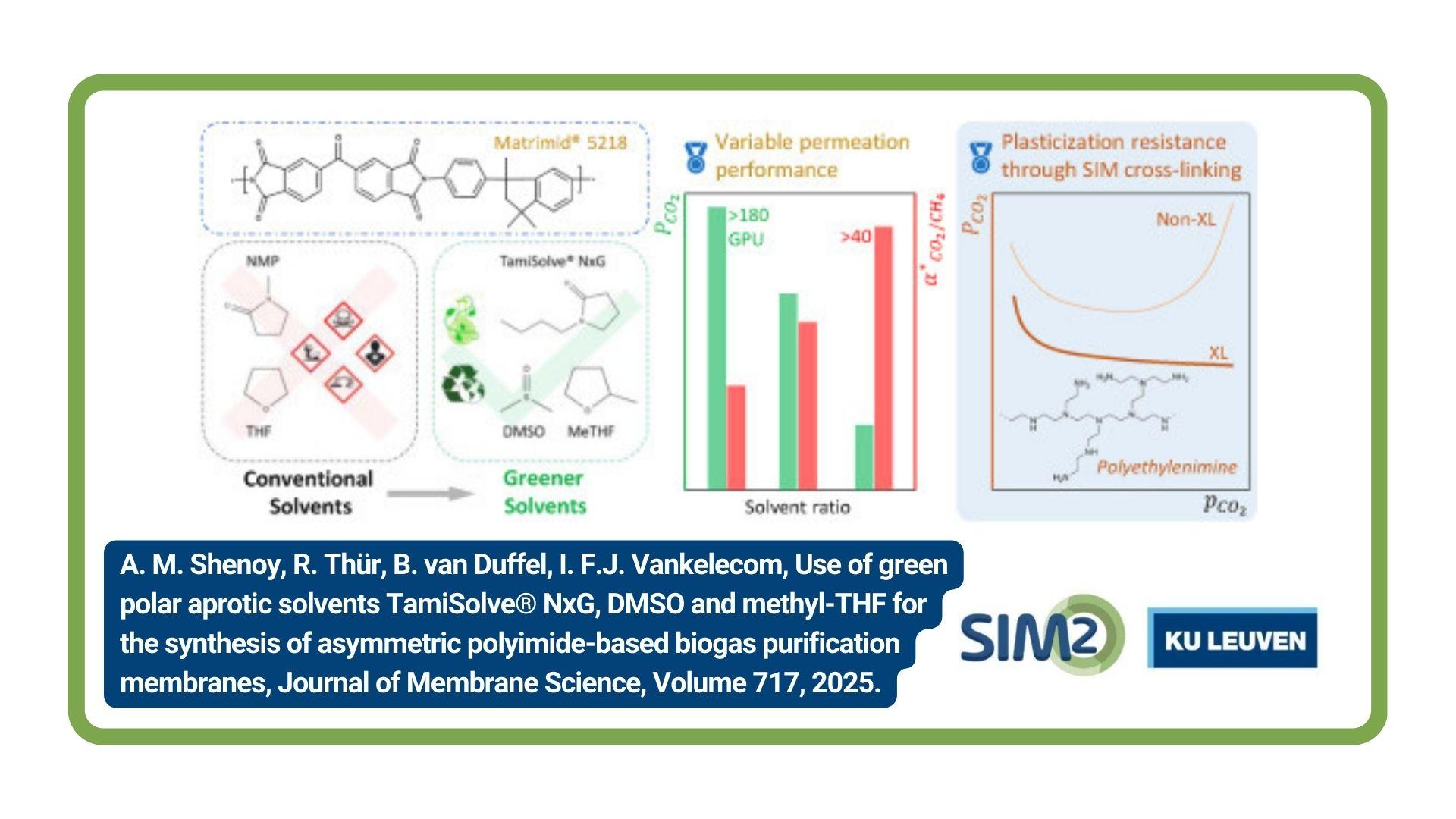The lifecycle engineering (LCE) research group of the Australian National University, KU Leuven and the University of Tokyo have recently investigated the influence of ELV legislation on vehicle material circularity performance. In this work, the circularity performance of a standard gasoline vehicle as influenced by the different ELV legislation in various regions or countries is assessed. The work has been published in the journal Resources Conservation and Recycling.
Using the Material Circularity Indicator (MCI) and the Product Circularity Indicator (PCI), the vehicle circularity performance under different jurisdictions has been analysed.
The data collected to represent the different parameter values to calculate the circularity scores were collected through literature, supplemented by reports from international vehicle manufacturers and material production industries.
The paper aims to (i) fill the knowledge gap by assessing the ELV legislative effect on material circularity at the product level for vehicles using quantitative assessment approach; (ii) identify the influential factors that affect the vehicle circularity scores under different ELV legislation (iii) identify strategic actions that have significant impacts in improving vehicle circularity scores.
Limited impact of ELV legislation
The outcomes of the study highlight the limited impact of ELV legislation on material circularity performance due to the focus on material recycling rates at the end-of-life phase.
However, if the current ELV regulations are leveraged to implement effective circular economy strategies including more scrap utilisation, higher intensity of vehicle use, and the design for reuse/remanufacturing, there is greater potential to improve vehicle circularity scores.
Overall, the circularity performance shows the greatest potential for improvement through high scrap utilisation. This outcome also applies to newer vehicle technologies, such as lightweighting and electrification, although the improvement can potentially be offset by the changing material composition for newer vehicle technologies.
This is largely caused by the increasing use of material such as aluminium and copper that have lower material recycling efficiencies and the lower amount of recycled content for these material productions.
A holistic life cycle perspective is required
The observations from this study emphasize the importance of a holistic life cycle perspective towards effective circular economy implementation plans.
The partnership between different stakeholders in the industry plays a crucial role in developing mutual benefits through sharing economy in achieving a circular economy in complex products such as vehicles.
Full reference of paper
Soo VK, Doolan M, Compston P, Duflou JR, Peeters J, Umeda Y (2021). The influence of end-of-life regulation on vehicle material circularity: A comparison of Europe, Japan, Australia and the US. Resources, Conservation and Recycling. https://doi.org/10.1016/j.resconrec.2020.105294
LCE research group
https://www.mech.kuleuven.be/en/research/LCE



.JPG)


